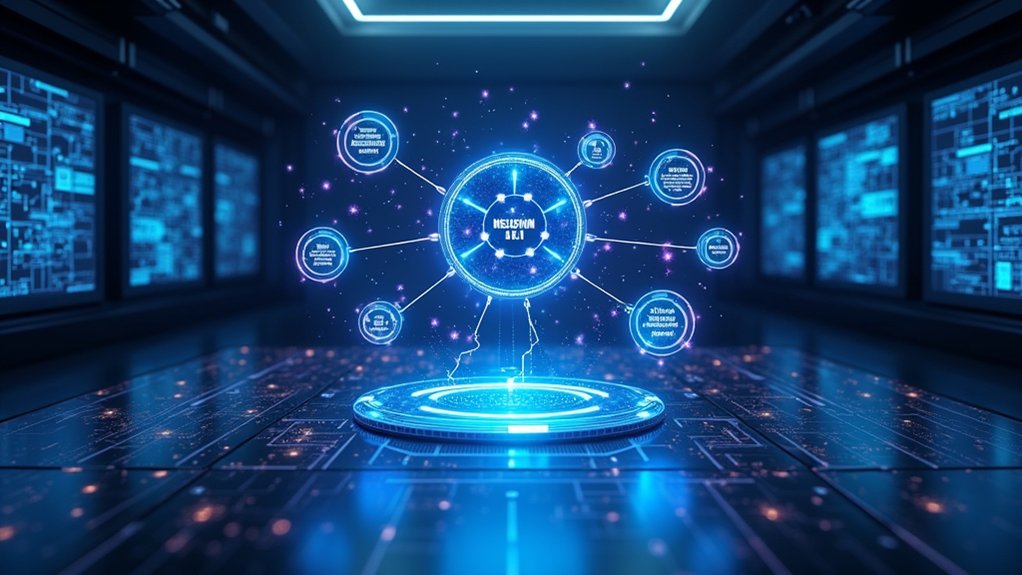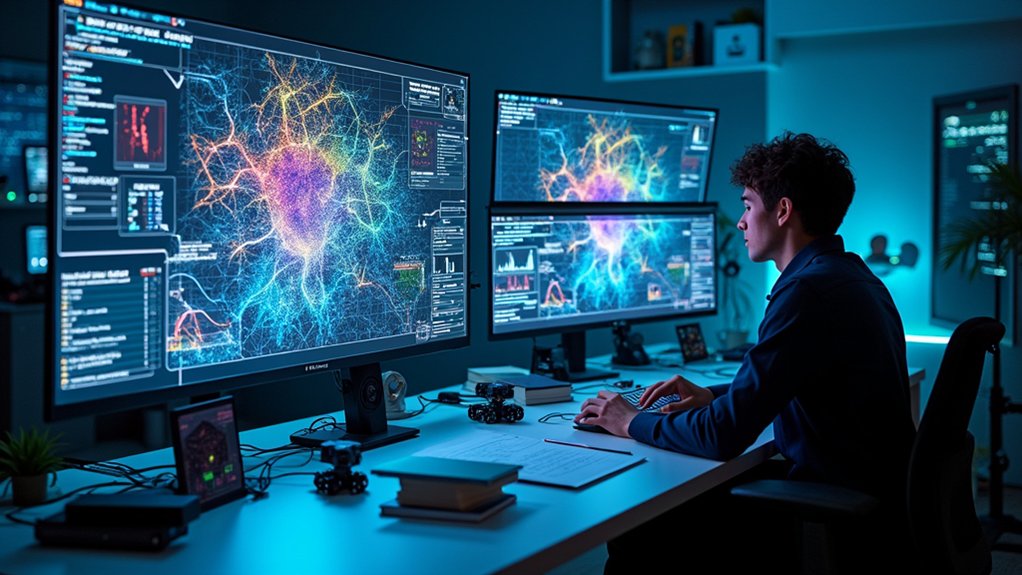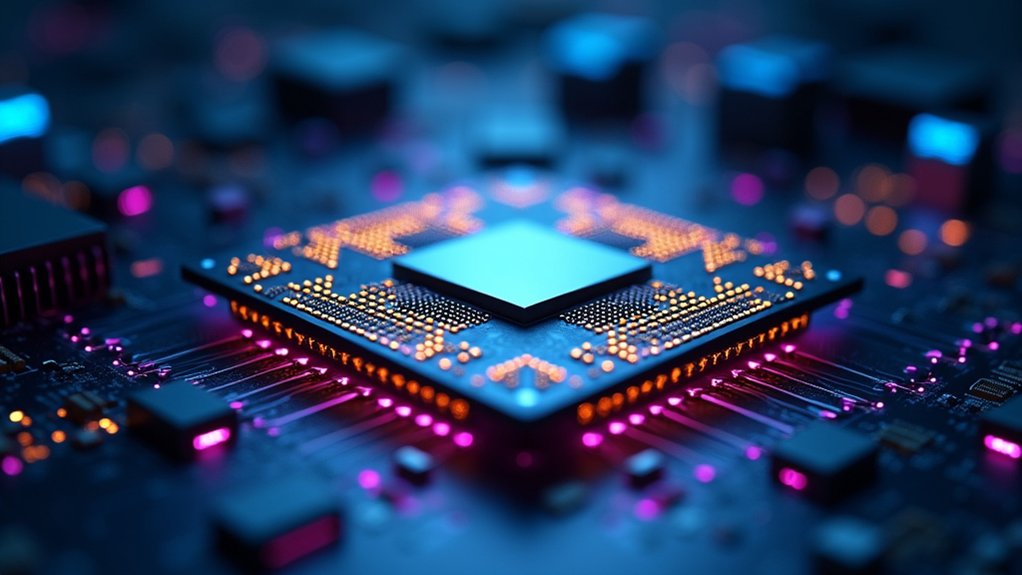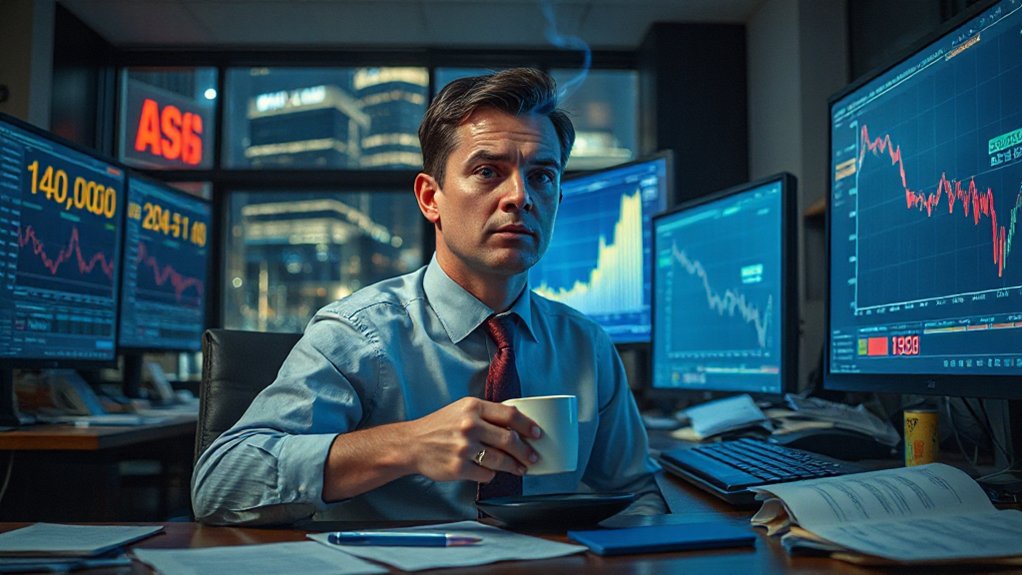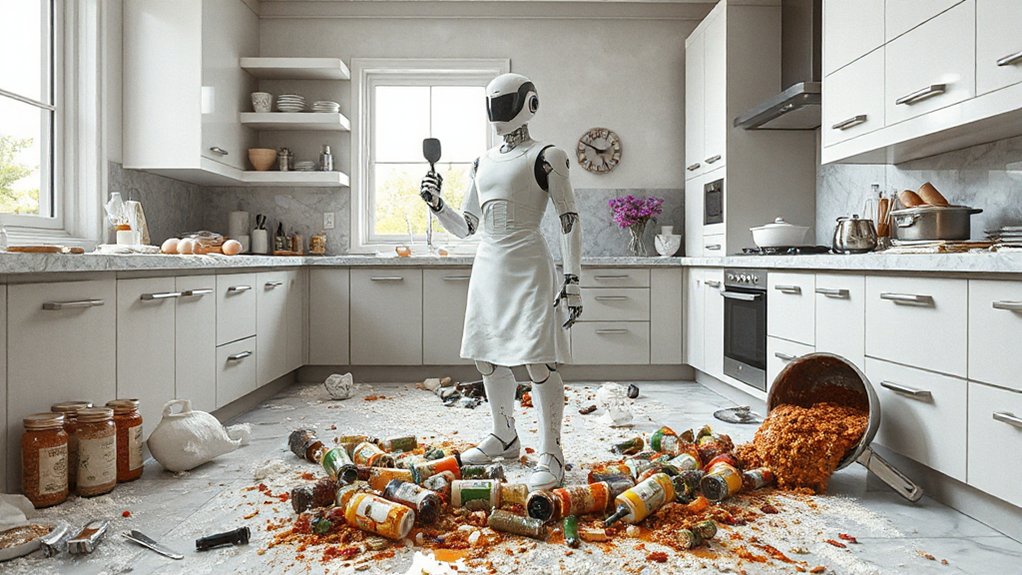AI artwork is created when artists use computer programs called neural networks to generate images. These systems learn from thousands of existing pictures and create new art based on text prompts. Tools like Midjourney and DALL-E 2 have made AI art popular since 2018. The technology is now used in book publishing, video games, and fashion design. Controversies about copyright and artistic value continue to shape this evolving creative field.

How is technology changing the way art is created today? Artists are now using artificial intelligence (AI) to make new kinds of artwork. AI artwork combines human creativity with computer programs that can learn and create. These programs use special computer systems called neural networks that are trained on thousands of images.
AI art tools like Midjourney, DALL-E 2, and Stable Diffusion are becoming popular. These programs can turn text descriptions into images. For example, if someone types "a cat riding a bicycle on Mars," the AI will create that picture. Artists don't need to know how to code to use these tools. They just need to write clear descriptions of what they want.
The process of making AI art starts when an artist enters a text prompt. The AI program reads this prompt and creates an image based on patterns it learned from its training data. These tools leverage deep neural networks to recognize patterns and relationships in visual data, enabling them to generate original content autonomously. Two key technologies behind AI art creation are GANs and VAEs which work through complex feedback loops to refine the artwork. Artists often make several versions before getting the result they want. They can also edit the final image themselves, adding their own touches.
AI artwork isn't just for fun. It's being used in many professional fields. Book publishers use AI to create cover art. Video game companies use it to design characters and landscapes. Marketing teams use it to make ads. Even fashion designers are using AI to create new clothing designs. The art world has been significantly impacted since the first AI-generated artwork sold for $432,000 at Christie's auction house in 2018.
Despite its benefits, AI art raises some concerns. Some people worry about copyright issues, since AI programs learn from existing artwork. Others question who should get credit for AI-created art. There are also concerns about AI replacing human artists and whether AI art has the same value as human-made art.
The future of AI artwork looks exciting. As the technology improves, artists will have more control over what they create. New art styles that were impossible before are now emerging.
While there's debate about AI's role in art, it's clear that AI is changing how we think about creativity and who can be an artist.
Frequently Asked Questions
Can AI Artwork Be Copyrighted?
Purely AI-generated artwork can't be copyrighted in the United States.
The Copyright Office requires human authorship for protection. AI outputs without human creativity fall into the public domain.
However, works with significant human input may receive partial copyright for the human-created elements.
Officials evaluate AI-assisted works case-by-case. This legal landscape continues to evolve as courts hear new cases and technology advances.
Do AI Artists Need Programming Skills?
AI artists don't necessarily need programming skills. Many user-friendly tools like Midjourney, DALL-E 2, and Stable Diffusion work with simple text prompts.
These no-code platforms have made AI art more accessible to everyone. However, some artists choose to learn basic coding to customize models and gain more control.
The field continues to evolve, with collaboration between programmers and artists becoming increasingly common.
What Ethical Concerns Arise From Ai-Generated Art?
AI-generated art raises several ethical concerns.
Copyright issues emerge when AI uses artists' work without permission or compensation. Human artists worry about job loss and devaluation of their skills.
AI art may perpetuate biases found in training data, potentially misrepresenting certain groups. There's also limited transparency about how AI creates images.
Questions remain about who owns AI-created art—the developer, user, or the AI itself.
How Do Art Galleries View AI Artwork?
Art galleries show mixed reactions to AI artwork.
Some embrace it as an exciting new medium, hosting AI exhibitions and exploring human-AI collaborations.
Others worry about threats to traditional art forms and question issues of authorship and copyright.
Galleries are developing new ways to display, price, and explain AI art to visitors.
Many are still figuring out how to balance digital creations with conventional artwork in their spaces.
Can AI Truly Be Creative or Original?
AI's creative abilities remain debated among experts. While AI can combine existing data in new ways, it lacks human consciousness and intent behind its creations.
AI systems can produce surprising, novel outputs that appear original, but they're limited by their training data. Unlike humans, AI can't explain its creative choices or understand emotional context.
Most specialists view AI creativity as a tool that enhances human creativity rather than replacing it.

